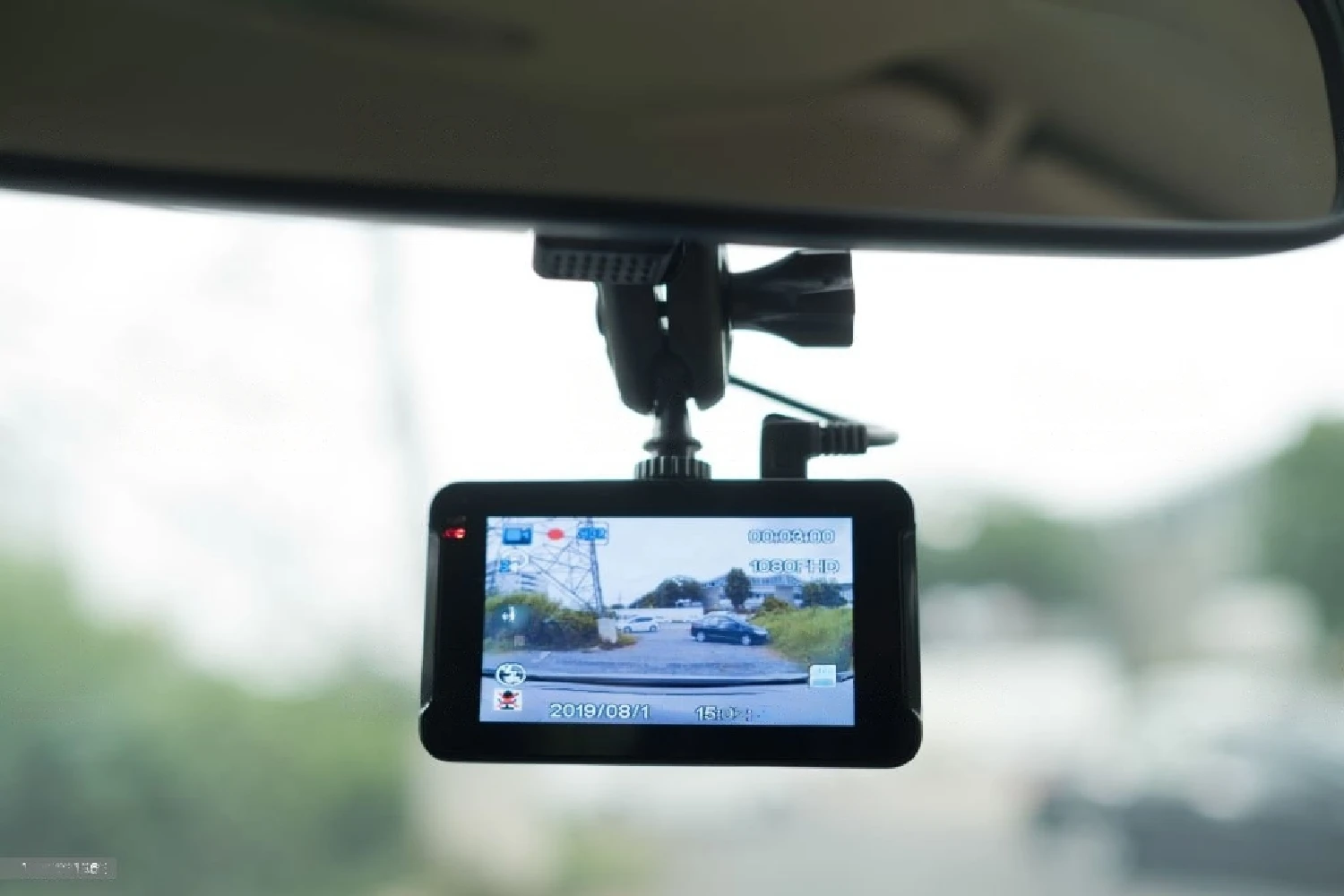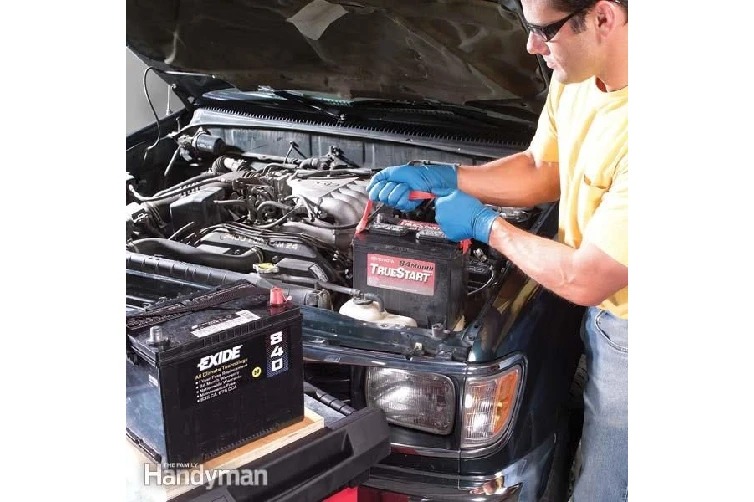Brake lines are one of the most important components of a car, and they play an essential role in stopping the vehicle. However, if they become blocked, the result can be disastrous. This blog post will teach you how to get the air out of brake lines without bleeding so that you can continue driving safely. By following our tips, you’ll be able to avoid expensive repairs and keep your car running smoothly.
How to Prevent Brake Line Bleeding in the Future
If you need to bleed your brakes frequently, there are a few things you can do to prevent brake line bleeding in the future. First, make sure that your brakes are properly adjusted and working properly.
Second, keep a clean braking system by regularly cleaning all components. Finally, if you notice any sign of brake line bleeding, take action right away and get a professional to help you fix the issue.
How to Fix a Brake Line Bleeding Problem
If your car’s brakes are causing the car to pull to one side, there is a good chance that the brake line is bleeding. The most common cause of brake line bleeding is when the caliper presses against the line, forcing air out of the line and creating a vacuum. You’ll need to bleed the brake system and remove any air bubbles to fix this problem. Here’s how:
- Bleed the brakes by depressing the pedal down and releasing it several times. Air should come out of the system each time you release the pedal. If not, repeat step 1 until it does.
- Open both sides of the car’s hood and locate and remove both calipers (see Figure A). Note: If your car has ABS, you need to disable it before doing this step.
- sSkiand able to e bac k s oft he c ar wit than dle a d un plan c e t he co rn er over the bleeder valve (see Figure B). Then use a plunger or hiss valve to depressurize the brake system (see Figure C), allowing any trapped air bubbles to escape (Figure D).
- Replace both calipers and reattach hose(s) as shown in Figures E and F . Close the hood and pla ce vehicle in low gear with the engine off so that pedal dr
How to Bleed Air Out of a Brake Line Safely
Bleeding air from brake lines is a common problem in vehicles. If the brake fluid reservoir becomes empty, air can get into the hydraulic lines and cause a loss of braking ability. To bleed the brakes safely, follow these steps:
Park the car securely and turn off the engine.
- Remove the wheel covers. Brake pads should be worn down to about 1/8 inch (3 mm). If they’re not, use a hammer to tap them until they are gentle.
- Disconnect the master cylinder hose from the bleeder screw on each side of the car (see illustration).
- Open each bleeder valve counterclockwise until it clicks into the open position (see illustration). Bleed brakes completely, allowing air to escape steadily for three minutes while keeping both valves open. Close both valves once the air has been bled out completely (see illustration).
- Note: On some cars, bleeding may be done without removing the wheel cover or disconnecting the master cylinder hose; see step 5 below for more information on how to bleed brakes on cars with this type of layout.
- To reattach the master cylinder hose and wheel cover, reverse these steps: first, connect the bleeder screw on one side of the car to the bleeder valve on that side; then connect a hose to the bleeder screw on the opposite side of the car and cover with a wheel cover.
How to Bleed a Brake Line Without Ruining It
If you experience a loss of air in your brake system, there are a few things you can do to try and fix the problem. One option is to bleed the brakes using a vacuum line or bleeding kit. However, this process can often be difficult and damage the brake lines if done incorrectly.
Another option is to use a bleed screw to suck the air out of the brake lines. This method is less damaging to the line but can take longer to remove all the air. In either case, it’s important to keep an eye on the pressure gauge while you’re bleeding the brakes so that you don’t overdo it and cause further damage.
Conclusion
If you’ve ever had to get the air out of your brake lines, you know it can be a pain in the butt. The problem is that the pressure builds up inside the brake line, causing the rubber to melt and release air. This process is called “bleeding” and can cause extensive damage to your brakes. You can take a few easy steps to avoid bleeding and keep your car from rolling away on its own accord.
FAQs
Q: How can I get the air out of brake lines without bleeding them?
A: You can use a vacuum cleaner to suck the air out of the line. If you don’t have a vacuum cleaner, you can use a compressed air CAN Opener to remove the air.
Q: Why is my car not starting?
A: A few things could be wrong with your car. The most common problems are with the battery, the starter, or the cables. For more information, please visit our Knowledge Base article on carstartingproblems.com.
Q: How do I remove a headlight?
A: To remove a headlight, use a Phillips head screwdriver to unscrew the light from the car. Be careful not to damage the lens.









